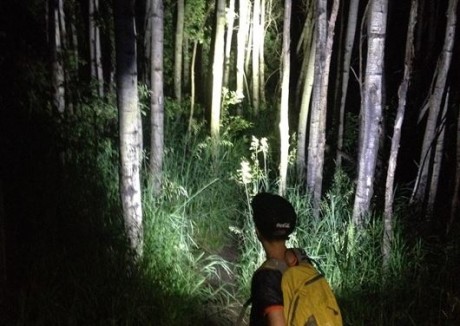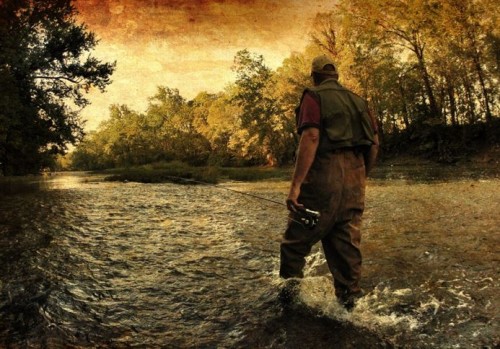46 Must-Have Items For Your Emergency Vehicle Kit
Today’s challenge is to take inventory of your emergency vehicle kit and supplies. To get you started, here is a car kit submitted by long term reader, Elaine K. I think it is a good one and am going back to check my own supplies to make sure that I am as prepared as she is.


